Barnevelder Chicken: A Complete Care Guide
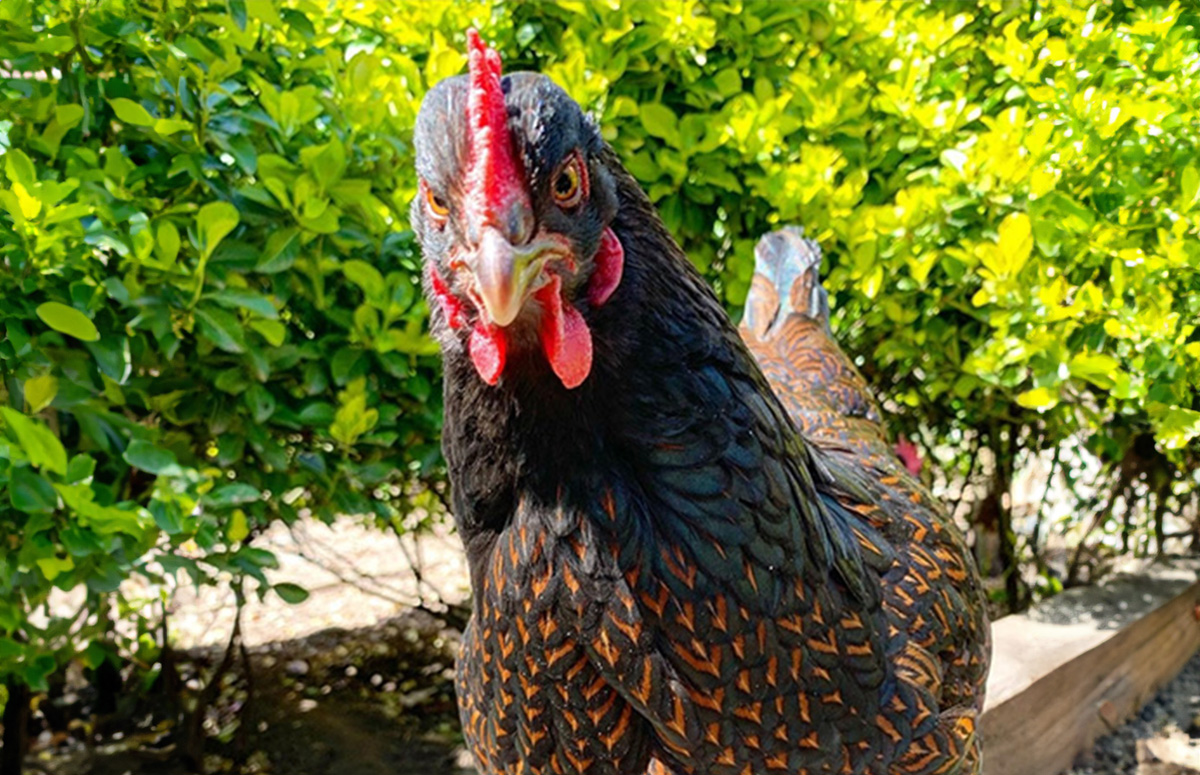
Welcome to the world of Barnevelder chickens, or, as many chicken keepers like to call them, Barnies. With their friendly nature and low maintenance, these chickens are a dream for beginning chicken owners. But don’t let their easygoing demeanor fool you; some of these birds have a sassy personality.
- Barnevelder hens lay up to 3 to 4 eggs weekly
- Heritage breed originating in Barneveld, Netherlands
- They lay dark chocolate colored eggs
- Friendly and docile nature
- Seldom broody
| Eggs | Up to 200 eggs/year |
| Egg Color | Brown to dark brown |
| Egg Size | Large |
| Weight | 6 – 8 lbs |
| Hardiness | Cold |
| Temperament | Friendly |
| Beginner-friendly | Yes |
| Color | Four recognized colors in The Netherlands |
Characteristics
If you’re looking for a breed that can provide both eggs and meat, then Barnevelders are an excellent choice. These dual-purpose birds are medium- to large-sized. The standard males can weigh up to 8 lbs (3.5 kg), while the standard females weigh less, reaching 6 lbs (2.75 kg).
They come in various colors, but only four colors are officially recognized by the Barnevelderclub in the Netherlands: double-laced silver (for bantams), double-laced blue, black, and white.
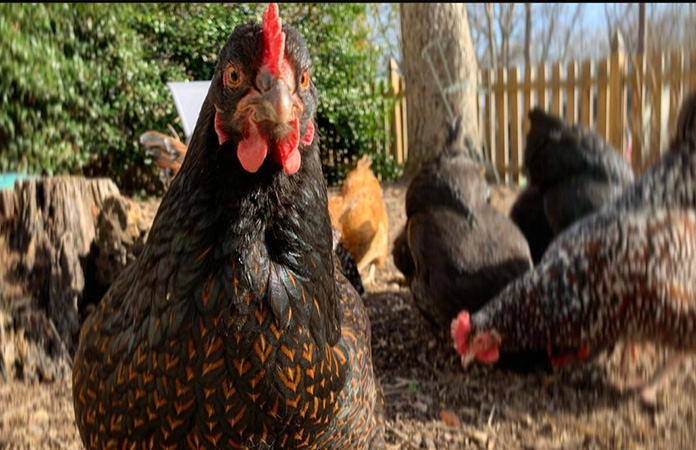
The American Poultry Association (APA) only recognizes the double-laced versions of this breed. Interestingly, their increasing popularity in the USA means they are now classified as uncommon birds.
Due to their double-laced patterns and colors, Barnies act as ornamental birds in other countries due to their attractive look.
Barnevelders also come in bantam sizes, with males tipping the scales at 2.65 lbs (1.2 kg) while females weigh in at 2.2 lbs (1 kg). But they are more difficult to find and are also considered more broody.
Personality
Barnevelders are quite friendly and loving birds, making them great for beginning breeders to handle and great backyard pets. They will immediately run over to you first thing in the morning to greet you and ask how your day is going.
However, they don’t cluck loudly and prefer using hushed tones. This makes them a great breed to raise in suburban neighborhoods, as you won’t have to worry about them making too much noise.
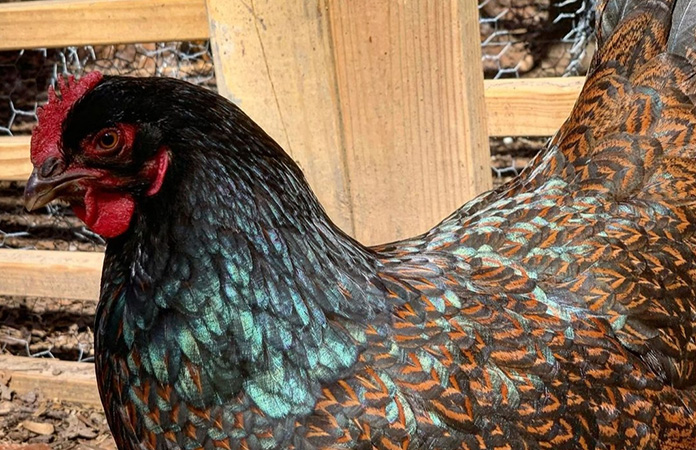
You also don’t worry about them squabbling with any of your existing chickens, as they are quite docile, although they will fight back if engaged aggressively. Oftentimes, though, they can get bullied by aggressive breeds, so you need to be mindful of that.
Barnevelder chickens are also free-range birds, although they can handle being in confinement just as well. However, if possible, always allow these birds to roam, as they love digging into the dirt and chasing after insects and pests in any backyard.
Because of how often they forage, you can save a bit on your feed bills when it comes to them. Although they can make quite a mess when left alone in your garden for too long, at least they can exterminate any unwanted pests growing on your plants. At the same time, they keep their appetites satisfied.
They are generally not good fliers. So you don’t need to worry about them taking flight and leaving the backyard anytime soon.
Hardiness
Barnevelders are cold-hardy chickens, as they were bred to withstand the harsh winters of the Netherlands. They can handle cold and damp living conditions, although you still need to provide them with adequate shelter against extreme weather conditions.
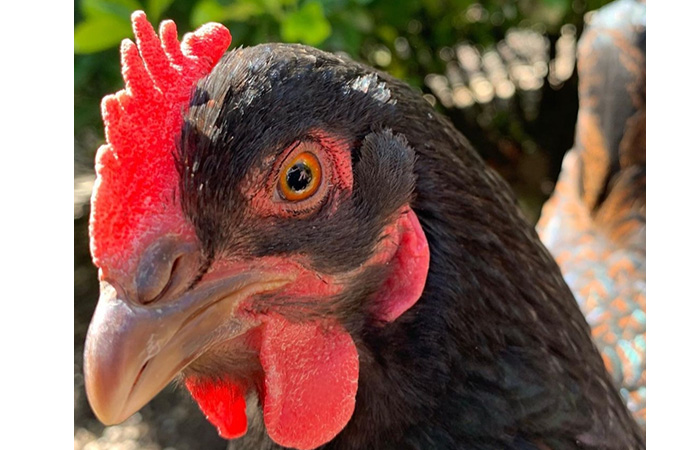
They can also withstand sweltering temperatures in other countries like Australia, where the breed is enjoying a surge in popularity, and parts of the USA. However, like most other breeds of chicken, they can also get uncomfortable when exposed to too much heat without the proper conditions in place.
What is special about this breed is its above-average susceptibility to Marek’s disease, a paralysis disease caused by a herpes virus common in poultry. It is therefore recommended always to vaccinate Barnevelders against Marek’s disease.
Egg Production
The reason the Barnevelder breed exists is solely because of their eggs. This breed was originally created in the 19th century because deep brown eggs were becoming commercially interesting and more expensive than white eggs.
They can lay as many as three to four eggs every week and continue to do so throughout the wintertime. Because of their friendly personalities, they are great to raise in family homes, as you don’t need to worry about them being around children. At the same time, they produce eggs reliably for your family’s daily consumption.
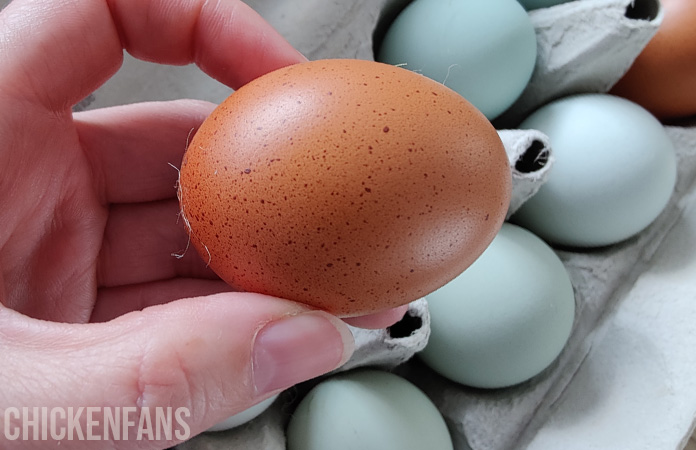
Most Barnevelders lay eggs in different shades of brown, not always incredibly dark brown. If you want one that can produce that rich chocolate color, it’s best to contact a trustable breeder or hatchery specializing in raising the breed for that specific trait.
Another breed that’s famous for its dark brown eggs is the Marans, or its hybrid nephew, the Midnight Majesty Marans.
They are not the most prolific egg layers in the industry, laying at most 180 to 200 eggs a year. Those numbers pale compared to other breeds, like the Brahmas and the White Leghorn, but Barnevelders still bring plenty of fresh eggs to the table.
Because of their status as a dual-purpose breed, the Barnevelders start laying eggs later as compared to their peers. But they balance this out by laying eggs even later in their lives.
Barnevelder hens also make great mothers but aren’t the best sitters. They raise their chicks with great care and attention but seldom go broody. Even the Barnevelder roosters take part in nurturing the chicks.
Meat Production
Barnevelders are not commonly bred for meat because their main purpose is egg production or appearance. However, they will still give you plenty of meat, as these birds can produce a decently sized carcass despite not being one of the largest birds out there.
If you want to raise this bird for its meat, it’s highly recommended that you go to a breeder specializing in raising birds for that same purpose. This will ensure you get the best quality of meat that this bird can produce for you to enjoy at the dinner table.
Barnevelder Breed and History
The Barnevelders hail from a small town called Barneveld in the Netherlands. Despite their Dutch origin, though, their lineage is quite murky, to say the least.
Up until the mid-1800s, the town was well-known for producing many eggs and exporting them to various parts of Europe. However, there was a sudden higher demand for brown eggs in the market due to their rarity.
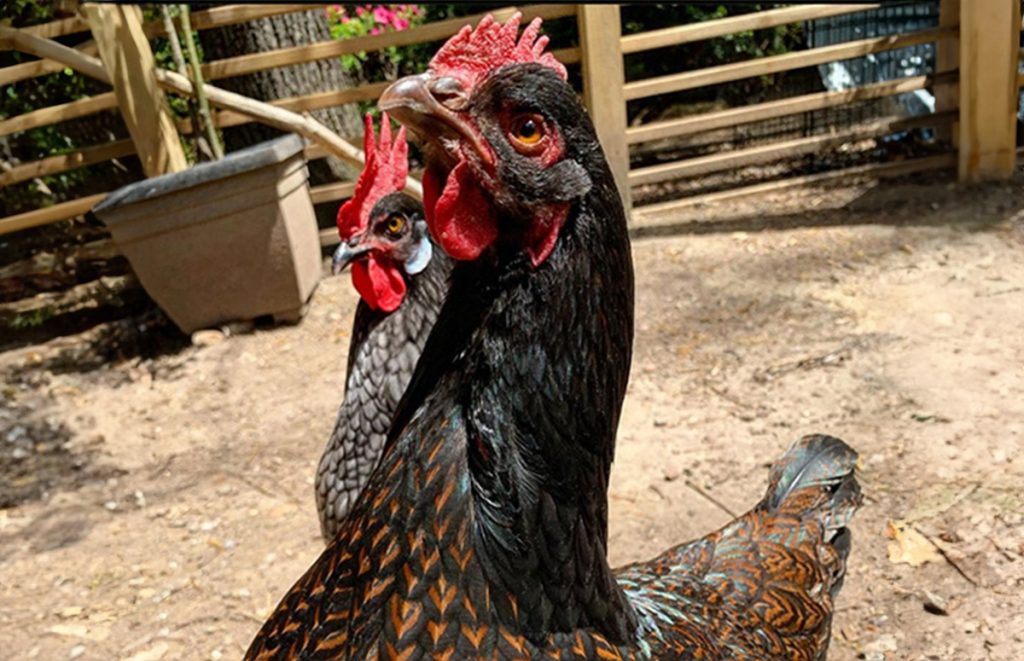
Brown eggs could be sold for a higher price and became commercially interesting for the poultry business.
To meet these higher demands for brown eggs, breeders started cross-breeding local chickens with imported Asian chickens due to their ability to produce brown eggs. The Langshan was certainly involved in the breeding process, but Brahmas, Cochins, or Malays could also be involved.
At the turn of the century, Barnevelders started seeing a decline as more and more breeders turned to using industrial breeds that could produce more eggs and meat to meet the demands of consumers. Only with the creation of the breeder’s association did this breed start making any progress toward recognition. In 1923, Barnevelders were officially recognized.
Nowadays, the Barnevelder breed still comes in various colors. While many major organizations differ in which ones are the breed’s official colors, everyone universally agrees that they are some of the more beautiful breeds of chickens out there.
Despite a rather tumultuous history since the breed’s inception, Barnevelders are becoming a favorite for many breeders, especially beginners.
Summary
The Barnevelder breed is a loveable and friendly chicken that will get along well with other good-natured breeds and your family. They’re well-behaved, don’t make a lot of noise, and are a great dual-purpose breed for beginners to start with due to their hardy nature and personality.
On top of all that, these birds are beautiful, giving off this elegant vibe that many people are starting to show interest in recently.
To learn more about chicken breeds, check out our ‘Chicken Breeds Page‘ to see every specific breed we address. Or go to our listicle breed summary on ‘The Classroom‘, or, if you’re unsure where to start, take a look at our ‘Chicken Breeds: Ultimate Beginners Guide‘.
Related Questions
The Barnevelder chicken is a dual-purpose breed known for its friendliness, low maintenance, and dark brown eggs. Barnevelders have attractive (double-laced) patterns and colors.
Barnevelder hens lay up to 200 eggs yearly. That’s three to four eggs per week.
They lay brown eggs. All eggs are large-sized. Not all eggs are very dark brown, most are a darker shade of brown.
Credits Featured Image: @arm_the_animals_ (IG)






















